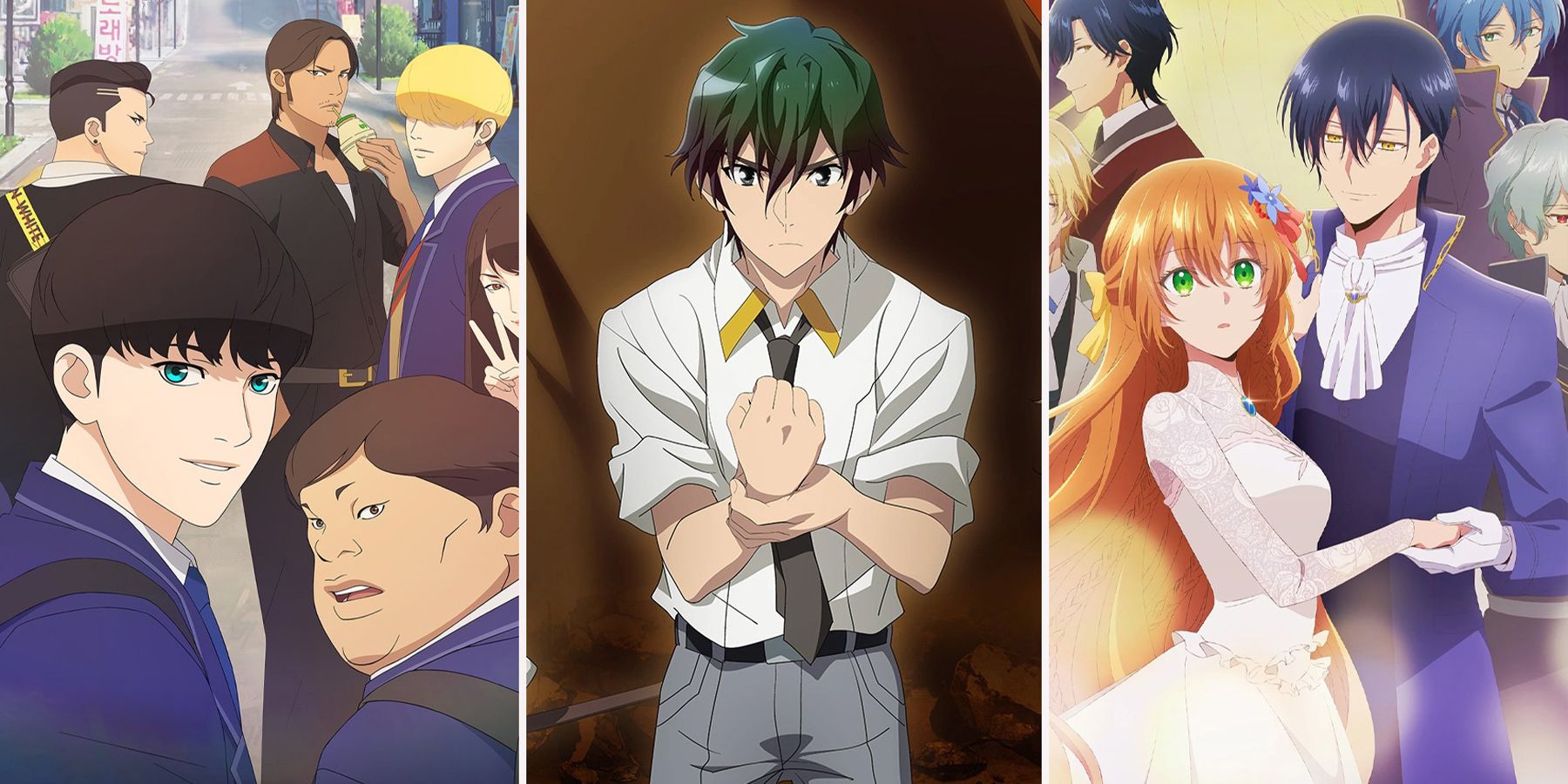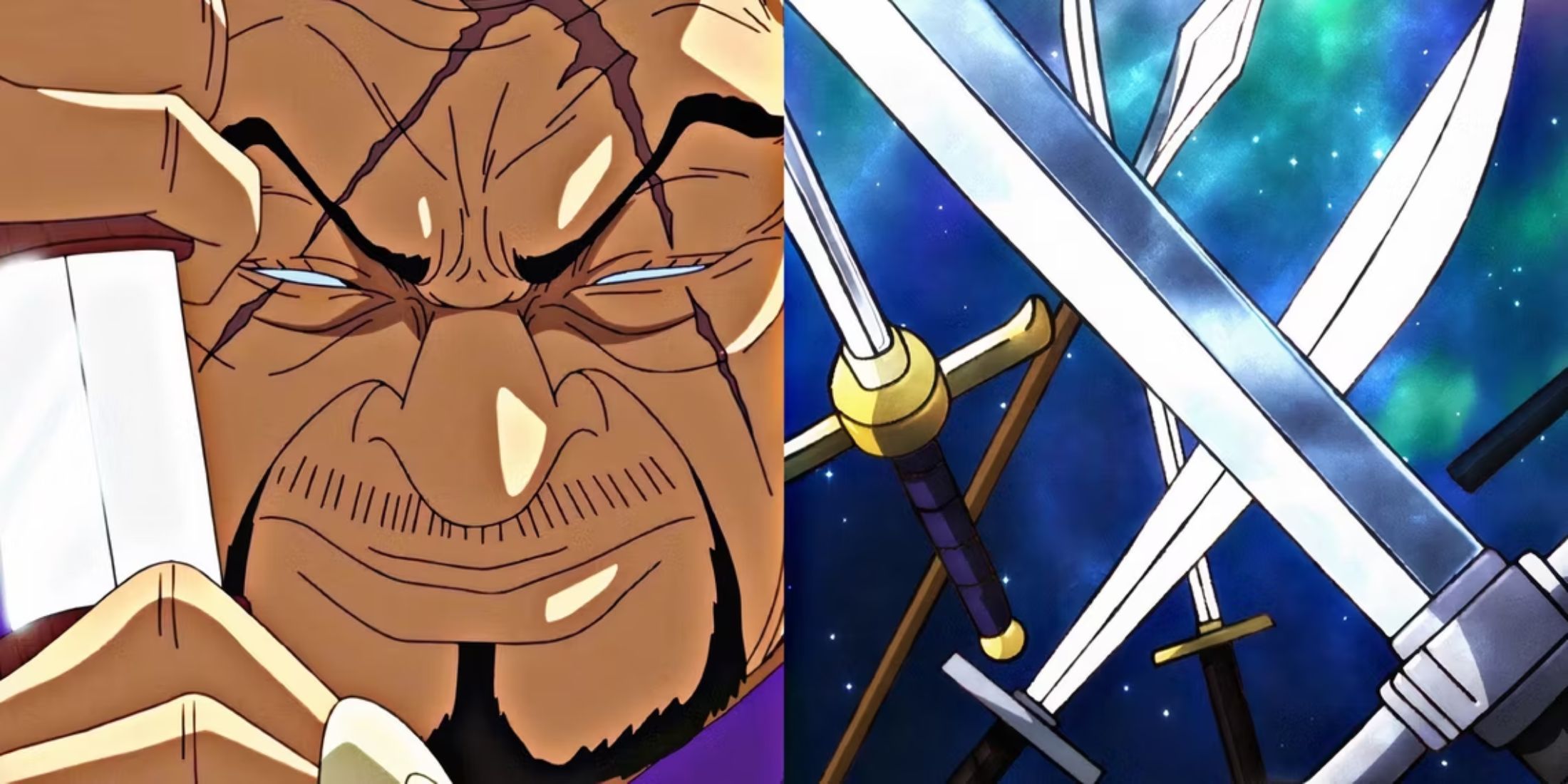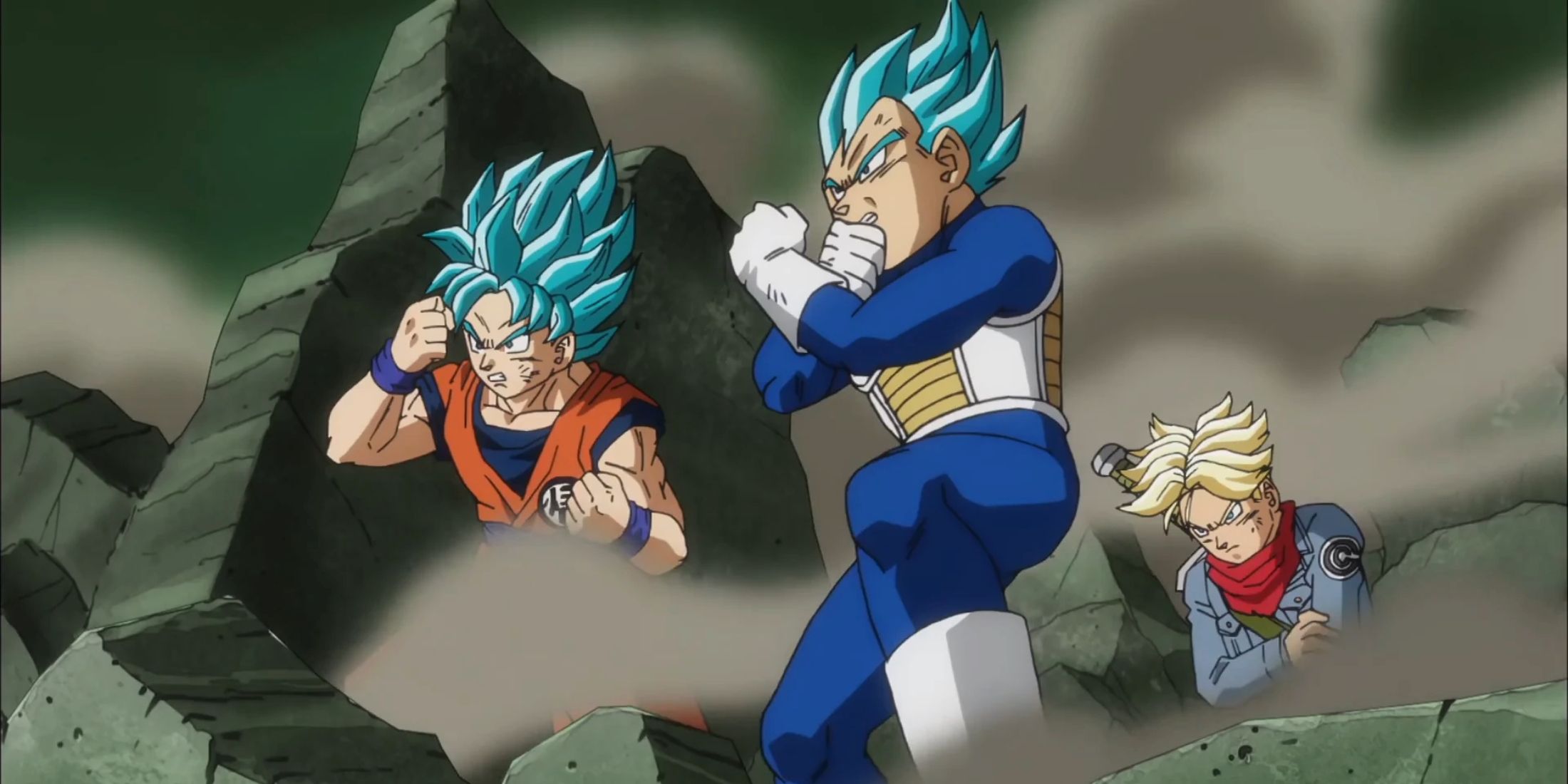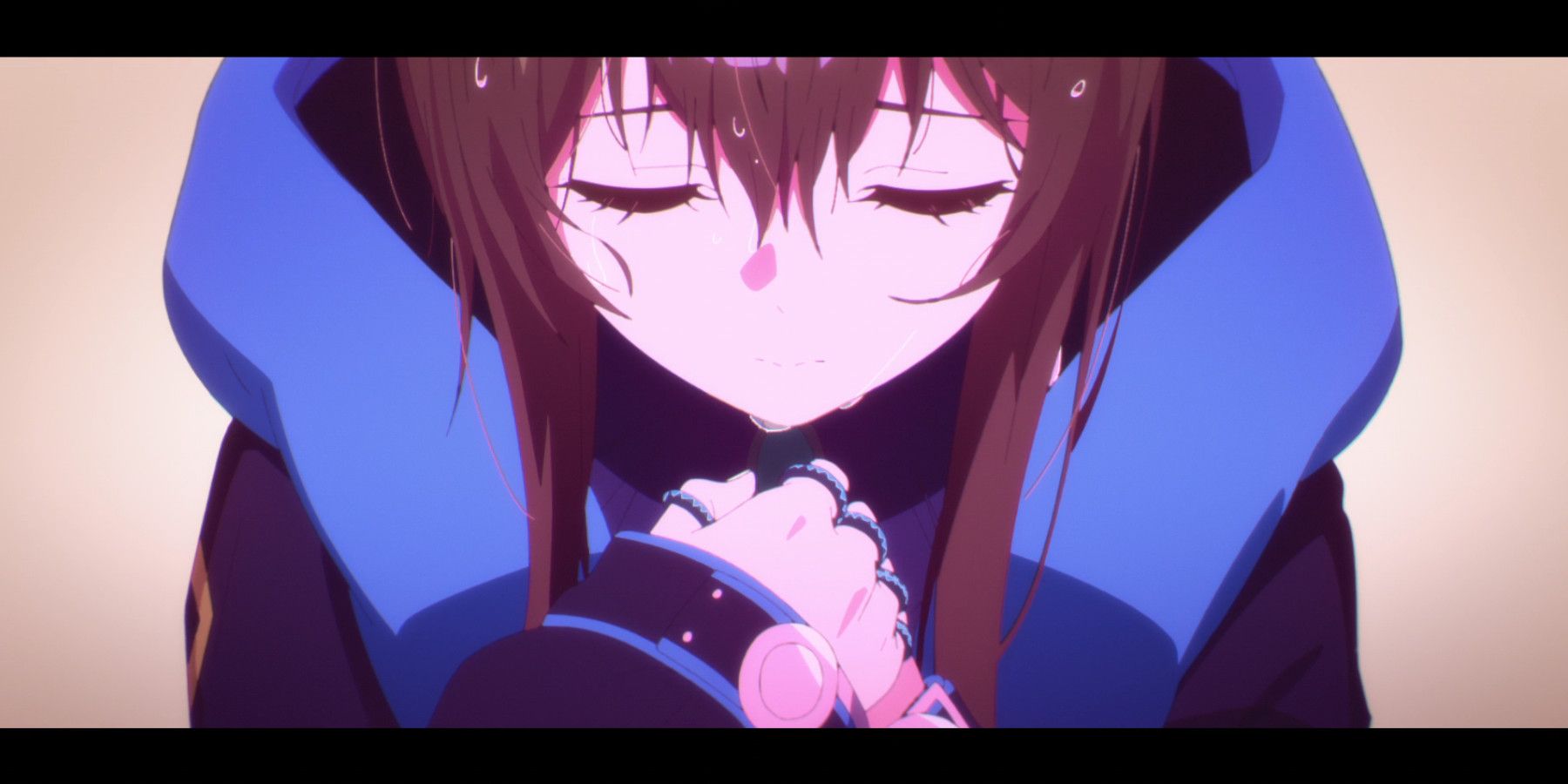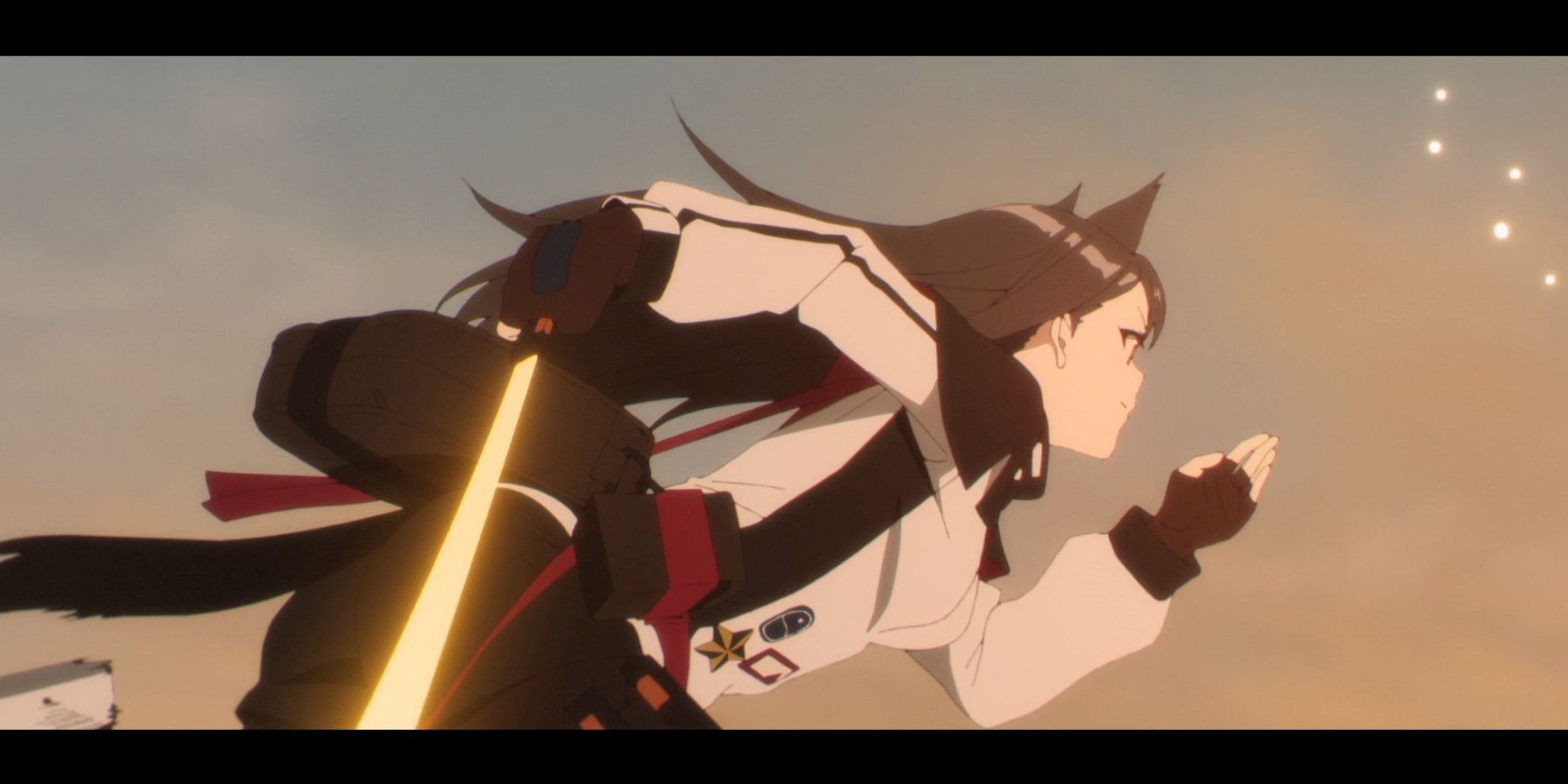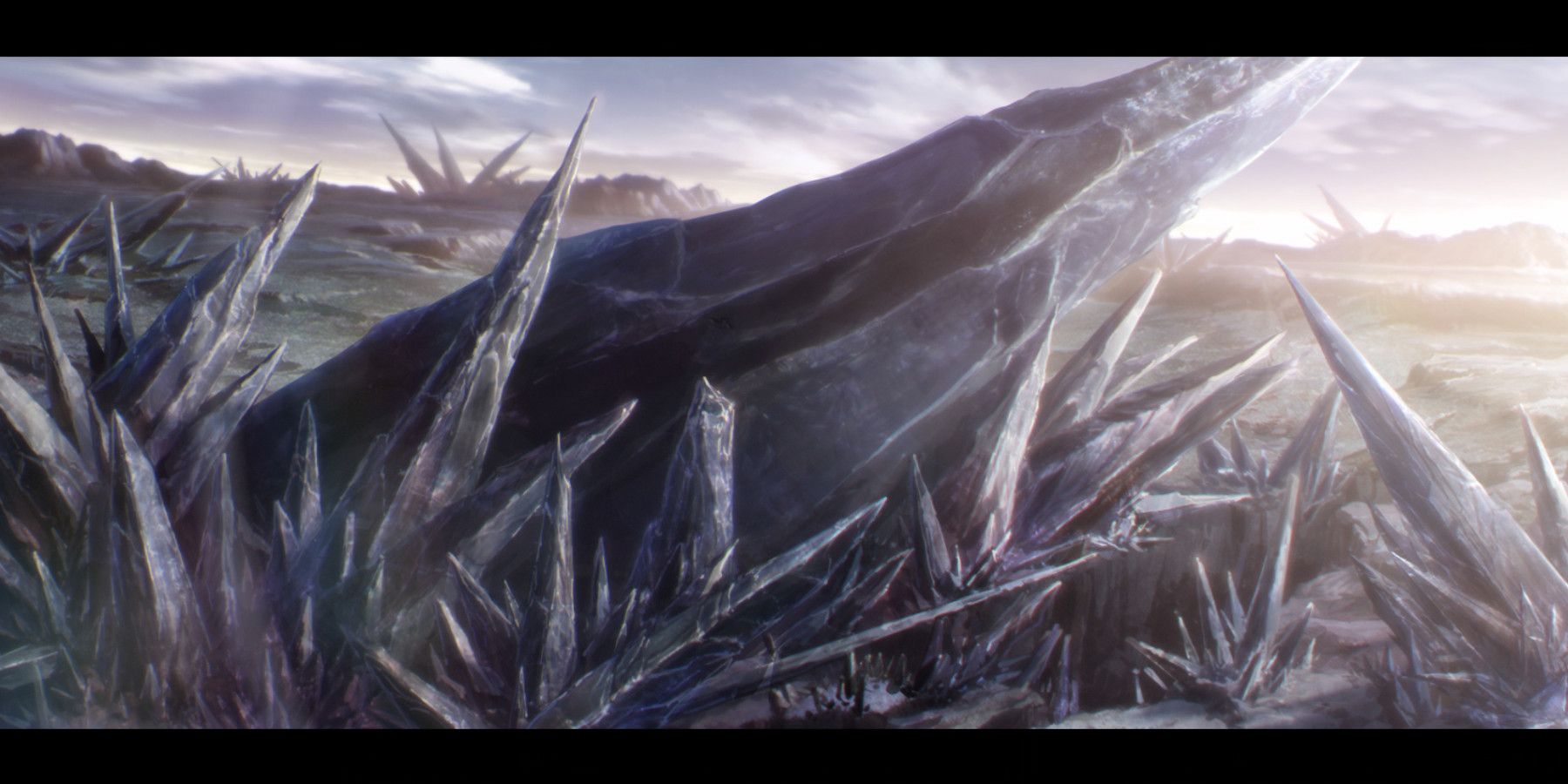In a way, the trouble with adapting mobile games is a great example of why it is so difficult to adapt video games into film and television in general. The way an interactive medium introduces its world and fosters investment in characters is wholly different from how film and television get audiences to care, and Arknights: Prelude to Dawn struggles.
Arknights is a mobile tower defense game released in 2019 that has blown up in time since, garnering a huge fanbase around the world thanks to its slick art style and striking characters. Both fans and outside observers alike have been intrigued by the prospect of an animated adaptation for some time, but understandably worried it would fall short like others. Unless it's Fate/Grand Order or Princess Connect, getting quality animation seems to be a bit of a difficulty for these international mobile games. At the very least Arknights consistently looks good, especially in its color and world design, something that the industry could take note of, especially in the background art.
Arknights in Action
The appeal of Arknights is very similar to that of Girls' Frontline or similar military-tinged mobile games, where the core draw is "cute girls with tactical gear and guns." The main exception is that in Arknights, there are also superpowers at play, thanks to characters using Arts, magic harnessed through a mineral called Originium.
But the biggest trick that Prelude to Dawn pulls is that it isn't all that focused on the action at the end of the day. This isn't to say that there isn't action, as there is quite a lot of it, but it doesn't feel like it is the most important facet within the story, either out of conscious restraint or - more likely - budgetary restrictions.
By "conscious restraint," I refer to the protagonists' aim of saving lives rather than taking them. However, even with pacifism, there is room for exciting action, be it magic powers, hand-to-hand fighting, or clever use of non-lethal weaponry. Unfortunately, Arknights rarely takes advantage of this. There are side characters who do kill, but then the issues with the direction begin to surface.
It feels as though this series was censored or at least directed such that it could be consumed by younger viewers. There's practically no blood, which makes certain scenes difficult to read whether a character has actually suffered a fatal injury. In Episode 3, a character comments that a major character has lost an arm, but there's no blood and the camera never shows it.
The awkward direction made it hard to tell what was happening or whether that character was dying or not. They never showed up again, meaning they had to have died, but the moment that was supposed to be a heroic end ended up falling flat. In fact, a lot of the action is based on what the audience doesn't see.
By Episode 6, there is a pattern emerging in the worst way. Groups of enemies will show up randomly that the heroes don't notice. When characters start fighting, only rarely does the audience see swords clash. More often than not, we are shown the result of the action, rather than the action itself.
When the anime does bare its action for all to see, it can look choppy and lose the visual refinement the show is usually good at maintaining. Sometimes it does conjure the talent necessary to produce a competent exchange of blows on screen and the results tend to look good, especially during the last two episodes. But it's a rare thing.
The World of Terra
The above-mentioned gripes with animation alone could convince a large contingent of intrigued viewers to disregard this series in its entirety. Nothing said from here on is necessarily going to change that - However, to this show's credit, there was a reason that viewers got as far as halfway through before the quality of the action registered.
Arknights' world is actually pretty interesting, from its mobile cities to the extreme weather calamities, to the sociopolitical plight of its characters, to the magic system. It's a well-constructed sci-fi world that yearns to be explored more and with more episodes and a more refined creative staff, the world-building alone might have compensated for some lackluster action.
In the world of Terra, the mineral Originium, the energy source that has built the world, has also created a deadly disease. Oripathy is an infection that causes people's bodies to crystallize, and once their crystalline forms crack, they release a gaseous cloud that can infect others. Despite the infection not being able to spread through touch normally, there is prejudice against the infected.
Reunion, a resistance group, fights in the name of liberation for the infected, but they are not the protagonists. The true protagonist is "the Doctor," the player character and audience insert who wakes up with no memory of who they were. They are the commander of Rhodes Island, a group looking for a cure to the infection with the hopes of ending the divide between the infected and society.
Early on in the series, there were a lot of political elements that laid a compelling groundwork, and the tone of the series felt like one of intense empathy for all. It was something of a centrist perspective on the topic of oppression, but its intentions seemed pure. However, more time is spent demonizing Reunion than the prejudicial society that made them outcasts.
It isn't as though portraying a rebellion as a cause that is capable of doing bad isn't a valid perspective, but for a story that espouses looking at both sides, it's fairly one-sided. It feels like a mean-spirited misunderstanding of why oppressed groups fight back against oppressive structures and the story feels ultimately messy later on.
Reunion's villains feel cartoonish and no matter which group the characters belong to, there are far too few episodes to fully get invested in the huge cast. It brings to mind the Fate/Grand Order Camelot films, which caught flak from fans for removing story elements and characters. In the case of Arknights, it might have strengthened the story to take more liberties and reduce the cast.
This is likely because the second half of Prelude to Dawn gets caught up in the story of Misha, a young woman being pursued by both the government and Reunion because of her family ties. It's a somewhat unsatisfying story that spends way too much time focused on a character whose significance to the larger plot never really gets explored. There are just too few episodes.
In a way, the biggest lesson of the anime is also emblematic of the show's drawbacks. Amiya, the bunny girl at the forefront of the story and the Doctor's chief companion, is empathetic, and kind, and wants all to live happily. However, by the time she's dirtied her own hands, she realizes she hasn't quite thought about what she'll have to do to fight for a world she believes in.
Similarly, Arknights: Prelude to Dawn gets off to a gorgeous and intriguing start, propelled by the promise of learning more about its world. By the end, it's written itself into a corner, and revealed that it doesn't know what to believe in. It settles for basking in that confusion, too afraid to make a decisive statement.
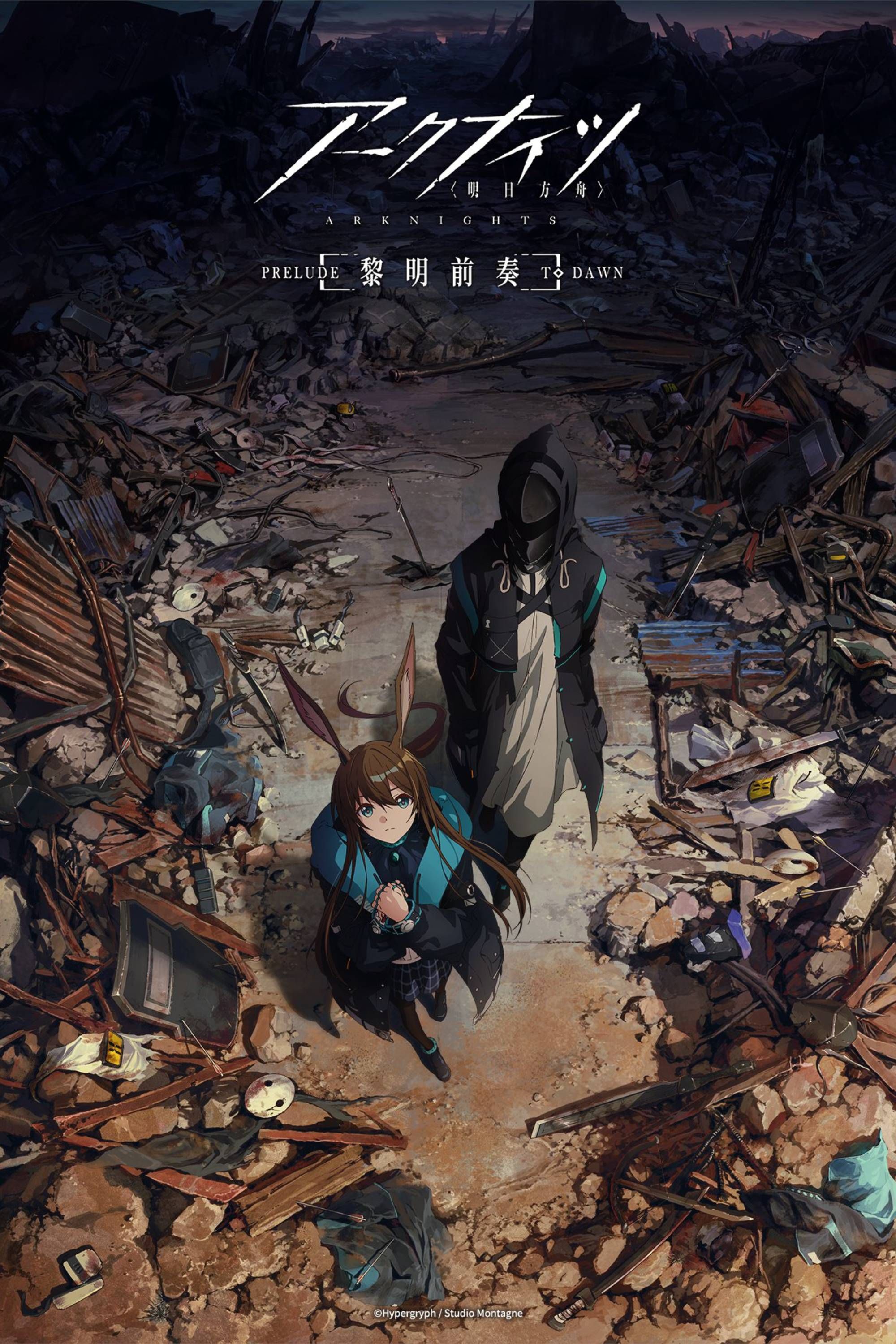
Arknights
